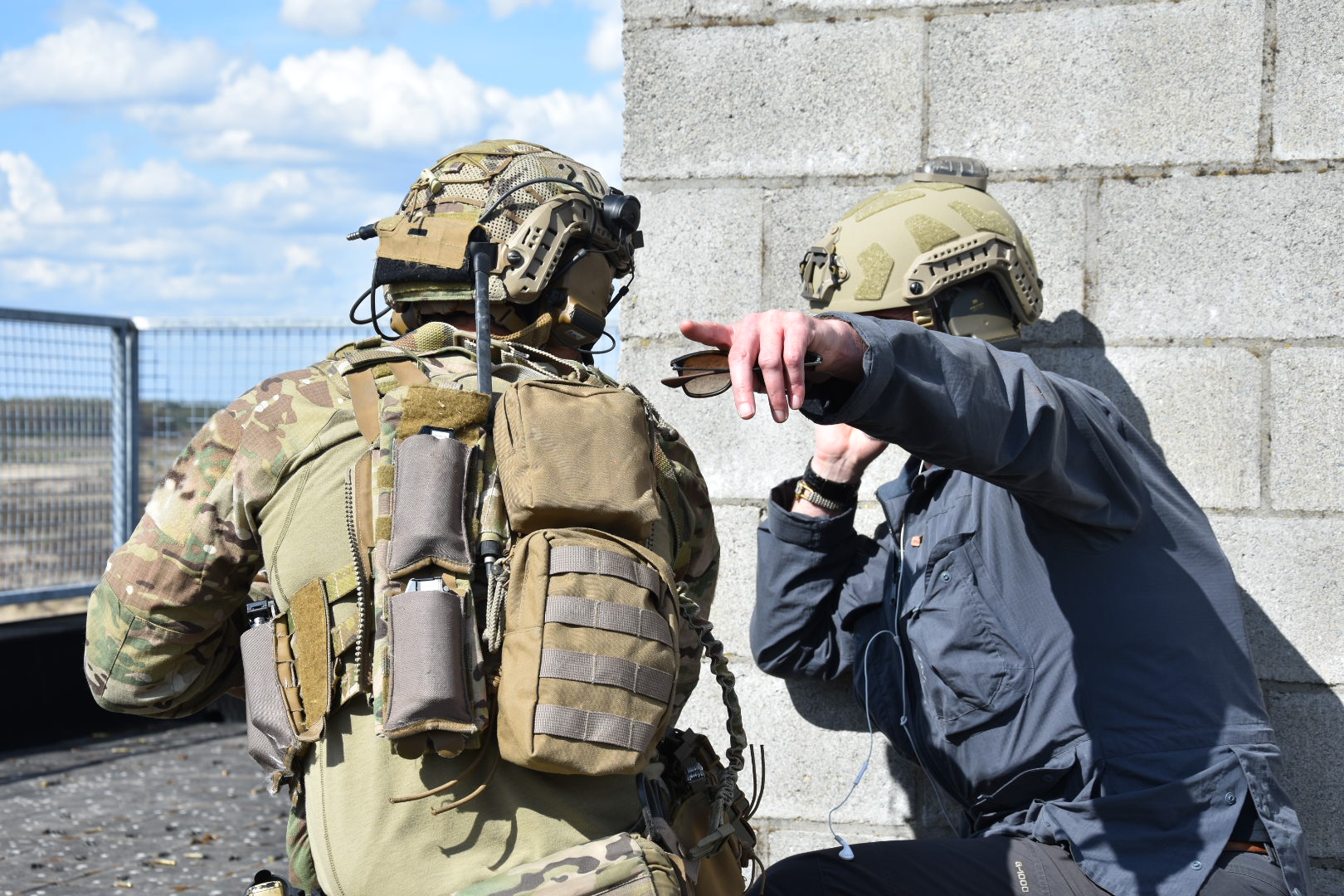 The 7 Functions of Combat, Crucial Building Blocks of Military Operations
The 7 Functions of Combat, Crucial Building Blocks of Military Operations
The 7 functions of combat refer to the framework used by the military to plan and execute operations. These functions include:
- Movement and Maneuver
- Intelligence
- Fires
- Sustainment
- Command and Control
- Protection
- Information
Each of these functions plays a crucial role in achieving military objectives by ensuring the physical movement of troops and equipment, gathering and analyzing intelligence, employing weapons and other resources, providing logistical support, coordinating all military activities, protecting friendly forces and resources, and using communication to influence the perceptions and actions of the enemy and other stakeholders
Why is it so important for the Military
The 7 combat functions are essential to the Military because they provide a structured approach to planning and executing military operations. By understanding and integrating these functions into military strategy, the Military can maximize the effectiveness of their operations and reduce risk to their forces.
Combat functions allow the Military to systematically plan and manage all aspects of an operation, including troop movement, intelligence gathering, use of firepower, providing support to troops, maintaining the chain of command, providing protection and using information as a means to influence enemy perceptions.
By applying these functions, the Military can better anticipate enemy tactics and conditions and respond quickly to changes in the situation. This makes the Military more effective and efficient in carrying out their missions and protecting their troops.

The importance of each Combat function
Movement and Maneuver: It allows the Military to move around the battlefield and gain an advantage over the enemy. It also allows the Military to react quickly to changing conditions and to take strategic positions.
Intelligence: It is important for the Military to understand the enemy and anticipate their actions. Gathering and analyzing information allows commanders to make informed decisions and develop strategies that increase the likelihood of success.
Fires: Is needed for the Military to attack and destroy enemy forces and equipment. The use of firepower is often essential to gain an advantage on the battlefield and to complete the mission.
Support: It allows the Military to maintain their operations and keep fighting. Providing necessary logistics, supplies and support to troops is essential to ensure they have the resources they need to complete their mission.
Command and Control: It is crucial for the Military to coordinate all military activities. It is essential for maintaining the chain of command, communication and resource allocation so that troops are able to work together and complete their mission.
Protection: The Military has to protect their troops and resources from enemy threats. Taking defensive positions and using equipment such as armored vehicles and personal protective equipment is essential to reduce the risk of losing troops and equipment.
Information: It is significant for the military to influence enemy perceptions and actions. The use of communications and other means to spread propaganda or deceive the enemy can help reduce the enemy’s striking power and increase the likelihood of success.
In summary
The 7 combat functions provide a structured approach to planning and conducting military operations and are essential for maximizing the effectiveness of military actions and reducing risk to troops.
